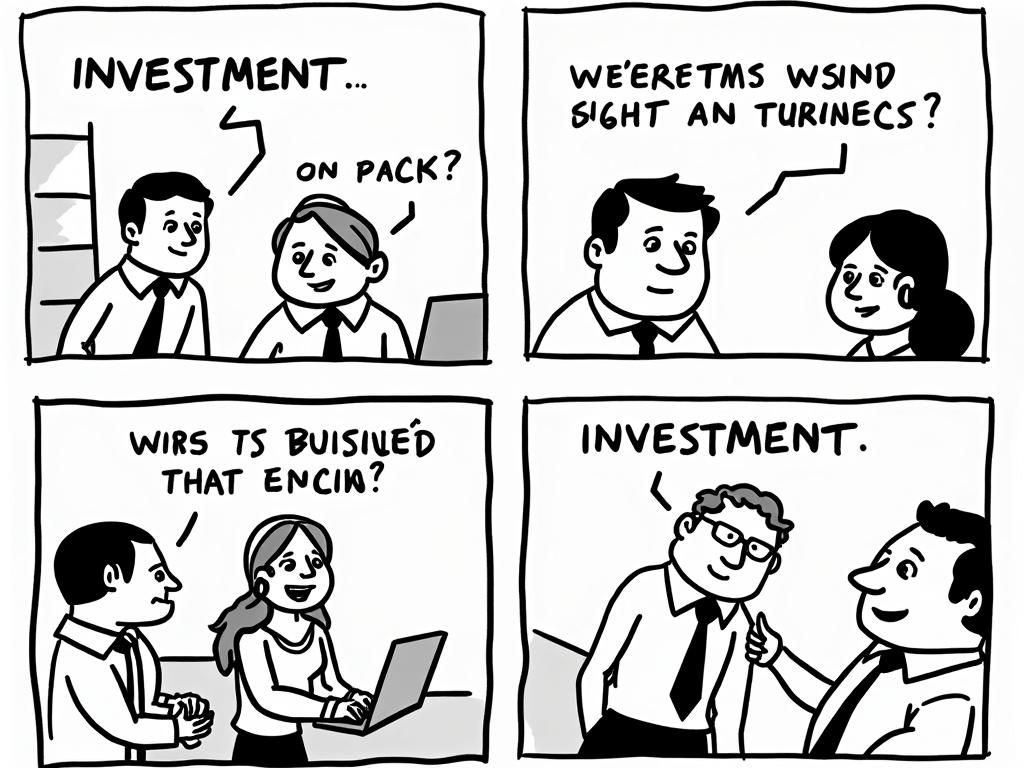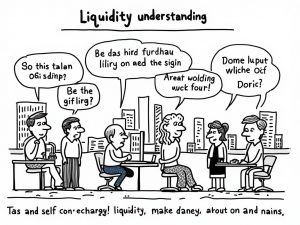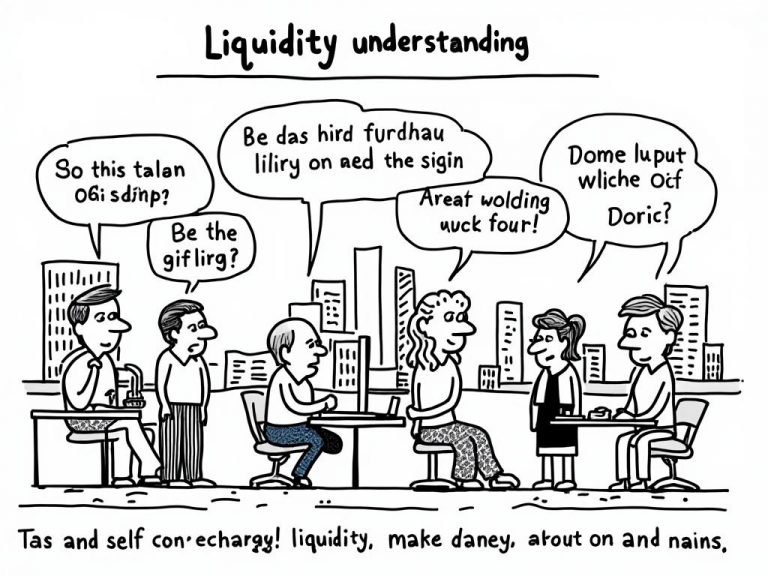
Buying Property in Spain as a Foreigner: Key Steps and Rules
Reading time: 12 minutes
Ever dreamed of owning a sun-soaked villa on the Costa del Sol or a charming apartment in Barcelona’s Gothic Quarter? You’re not alone. Thousands of foreigners successfully purchase Spanish property each year, but the journey can feel overwhelming without proper guidance.
Here’s the straight talk: Buying property in Spain as a foreigner isn’t impossible—it’s about understanding the system and following the right steps strategically.
Table of Contents
- Legal Framework for Foreign Property Ownership
- Essential Steps in the Purchase Process
- Financial Requirements and Tax Implications
- Common Challenges and How to Overcome Them
- Regional Variations Across Spain
- Your Spanish Property Journey Starts Here
- Frequently Asked Questions
Legal Framework for Foreign Property Ownership
Spain welcomes foreign property investment with open arms, but understanding the legal landscape is crucial for a smooth transaction. Non-EU citizens face virtually no restrictions on purchasing property, while EU citizens enjoy even greater flexibility.
Property Rights for Different Nationalities
The Spanish Constitution guarantees property rights to all legal residents, regardless of nationality. However, there are nuanced differences worth noting:
- EU/EEA Citizens: Full property rights identical to Spanish nationals
- Non-EU Citizens: Can purchase property freely, with rare exceptions in border areas or military zones
- Reciprocity Rule: Citizens from countries where Spaniards cannot buy property may face restrictions (extremely rare in practice)
NIE Number: Your Golden Key
The Número de Identificación de Extranjero (NIE) is your essential first step. This unique identification number is required for any significant financial transaction in Spain, including property purchases.
Quick Scenario: Sarah, a Canadian teacher, discovered she needed her NIE before even opening a Spanish bank account. She obtained it through the Spanish consulate in Toronto, saving weeks of delays during her property search.
Essential Steps in the Purchase Process
Successfully purchasing Spanish property follows a structured timeline that typically spans 2-4 months. Here’s your practical roadmap:
Phase 1: Preparation and Search (Weeks 1-4)
- Obtain your NIE number through Spanish consulates or in-person in Spain
- Secure financing pre-approval if needed (Spanish banks typically lend up to 70% for non-residents)
- Engage a bilingual lawyer specializing in Spanish property law
- Research locations considering factors like rental potential, accessibility, and local amenities
Phase 2: Property Selection and Due Diligence (Weeks 5-8)
Once you’ve identified potential properties, thorough due diligence becomes critical. Your lawyer should verify:
- Property registry (Registro de la Propiedad) records
- Urban planning certificates confirming legal construction
- Debt certificates ensuring no outstanding obligations
- Community fees and local tax status
Phase 3: Contract and Completion (Weeks 9-16)
The Spanish property purchase involves two main contracts:
| Contract Type | Purpose | Typical Deposit | Binding Level |
|---|---|---|---|
| Contrato de Arras | Reservation/Promise to Buy | 5-10% of purchase price | Legally binding |
| Escritura de Compraventa | Final Purchase Deed | Remaining balance | Full legal transfer |
Financial Requirements and Tax Implications
Understanding the financial landscape is crucial for budgeting your Spanish property purchase accurately. Beyond the purchase price, several additional costs demand attention.
Purchase Costs Breakdown
Spanish Property Purchase Costs Comparison
1-2% of purchase price
6-10% (varies by region)
0.1-0.4% of purchase price
0.1-0.3% of purchase price
€300-800 fixed cost
Ongoing Tax Obligations
Property ownership in Spain creates ongoing tax responsibilities that vary based on your residency status:
Non-Residents:
- Non-Resident Income Tax: 19% on deemed rental income (even if not rented)
- Wealth Tax: Applicable in some regions for high-value properties
- Local Property Tax (IBI): Annual municipal tax based on cadastral value
Case Study: James, a UK retiree, purchased a €400,000 apartment in Valencia. His annual tax obligations include approximately €600 in IBI, €1,200 in non-resident income tax, and €200 in community fees—totaling around €2,000 yearly.
Common Challenges and How to Overcome Them
Even well-prepared buyers encounter obstacles. Here are the three most common challenges and strategic solutions:
Challenge 1: Language and Legal Complexity
The Problem: Spanish property law is complex, and crucial documents are in Spanish. Misunderstandings can be costly.
Strategic Solution: Invest in qualified professionals from day one. A bilingual lawyer specializing in property law typically costs 1-2% of the purchase price but prevents expensive mistakes. Always request English translations of all documents before signing.
Challenge 2: Banking and Financing Hurdles
The Problem: Spanish banks have stringent requirements for non-resident mortgages, often requiring extensive documentation and higher deposits.
Strategic Solution: Start the mortgage pre-approval process early. Spanish banks typically require:
- Proof of income for the past 2-3 years
- Bank statements from your home country
- Credit reports (may need official translation)
- Proof of existing assets and investments
Consider specialist mortgage brokers who work with multiple Spanish banks and understand non-resident requirements.
Challenge 3: Hidden Property Issues
The Problem: Properties may have undisclosed debts, planning violations, or structural issues that become the new owner’s responsibility.
Strategic Solution: Commission comprehensive due diligence including:
- Professional structural survey
- Legal title verification
- Outstanding debt searches
- Planning permission verification
Budget €500-1,500 for thorough due diligence—it’s insurance against much larger future problems.
Regional Variations Across Spain
Spain’s autonomous regions have different property transfer tax rates and regulations. Understanding these variations helps optimize your purchase strategy.
Popular Foreign Buyer Regions
Andalusia (Costa del Sol): Transfer tax ranges from 6-8%, with first-time buyer discounts available. Strong rental market but higher competition.
Valencia (Costa Blanca): Transfer tax 6-8%, excellent value for money, growing expat communities in areas like Alicante and Denia.
Catalonia (Barcelona/Costa Brava): Higher transfer taxes (7-10%) but strong capital appreciation potential. Additional bureaucracy due to regional language requirements.
Balearic Islands: Limited property availability due to sustainable tourism laws. Transfer tax 6-8% plus additional eco-taxes for new developments.
Pro Tip: According to Spanish property portal Idealista, foreign buyers comprised 18.7% of all Spanish property purchases in 2023, with Germans, British, and French citizens leading the statistics.
Your Spanish Property Journey Starts Here
Purchasing Spanish property as a foreigner is absolutely achievable with proper planning and professional guidance. The key lies in understanding that this isn’t just a transaction—it’s an investment in your lifestyle and future.
Your 30-Day Action Plan:
- Week 1: Apply for your NIE number and research mortgage options
- Week 2: Identify 2-3 target regions and engage a Spanish property lawyer
- Week 3: Secure mortgage pre-approval and begin serious property searches
- Week 4: Schedule property viewings and prepare your due diligence checklist
Remember, successful property purchase isn’t about perfection—it’s about strategic preparation and professional support. The Spanish property market offers incredible opportunities for foreign investors, from lifestyle improvements to solid investment returns.
What’s your next step toward owning that dream Spanish property? The Mediterranean lifestyle you’ve always imagined could be closer than you think, and with the right approach, those Spanish keys could be in your hands sooner than expected.
Frequently Asked Questions
Can I get a mortgage in Spain as a non-resident?
Yes, Spanish banks offer mortgages to non-residents, typically up to 70% of the property value. You’ll need proof of income, bank statements, and a larger deposit than Spanish residents. Interest rates are usually 0.5-1% higher than resident rates. Start the application process early as approval can take 6-8 weeks.
Do I need to pay taxes in Spain if I don’t live there full-time?
Yes, non-residents must pay annual taxes on Spanish property including Non-Resident Income Tax (19% on deemed rental income), local property tax (IBI), and potentially wealth tax depending on the property value and region. These taxes apply even if you don’t rent the property or live in Spain.
What happens if I want to sell my Spanish property later?
Non-residents face a 3% retention tax on the sale price, held by the notary until you file your capital gains tax return. You’ll pay capital gains tax on any profit at 19% for non-residents. However, you can offset this against the retention tax paid. If you’ve owned the property for over three years, you may qualify for reduced rates in some regions.

Article reviewed by Dimitris Papadakis, Luxury Property Specialist | Curating Exclusive Real Estate Opportunities, on July 7, 2025








